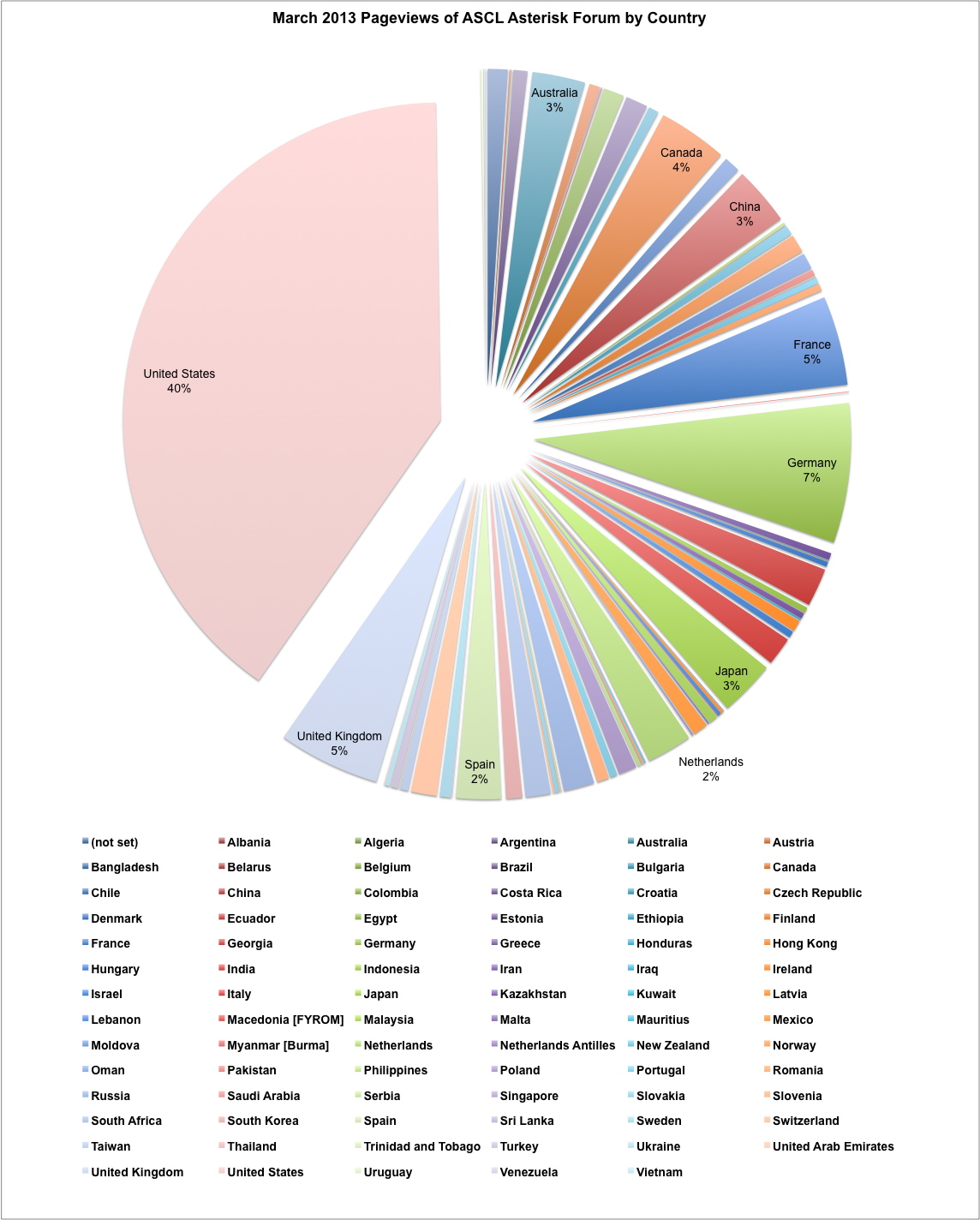On May 20 and 21, the Library of Congress’s Digital Preservation program held Preserving.exe: Toward a National Strategy for Preserving Software, which focused on preserving software as digital artifacts of life in the late 20th-early 21st century. Robert Hanisch, Peter Teuben, and Alice Allen attended, and Peter, chair of our Advisory Committee, presented a talk on the ASCL. The slides from Peter’s talk are now available online.
Category Archives: news
Interesting web resource, interesting paper
ExoVis, the winner of the 2013 Open Exoplanet Catalogue visualization contest, is an exosystem visualizer programmed by Tom Hands, a PdD student at the University of Leicester. It’s quite elegant. ExoVis has been added to our list of Web Resources and Tools.
Streams Going Notts: The tidal debris finder comparison project popped up on arXiv recently. This paper, which has been added to our thread for papers of possible interest, discusses testing four codes, S-Tracker, VELOCIraptor (formerly known as the STructure Finder, STF), ROCKSTAR, and HOT6D, to determine how well they find tidal debris in a fully cosmological Milky Way type simulation. The paper compares the algorithms used by the codes and quantifies the findings.
April 2013 additions to the ASCL
Twenty-one codes were added to the ASCL in April:
Astropy: Community Python library for astronomy
Copter: Cosmological perturbation theory
CosmicEmuLog: Cosmological Power Spectra Emulator
CosmoRec: Cosmological Recombination code
DESPOTIC: Derive the Energetics and SPectra of Optically Thick Interstellar Clouds
Diffusion.f: Diffusion of elements in stars
GALSVM: Automated Morphology Classification
IFrIT: Ionization FRont Interactive Tool
MPgrafic: A parallel MPI version of Grafic-1
ORIGAMI: Structure-finding routine in N-body simulation
PEC: Period Error Calculator
pyCloudy: Tools to manage astronomical Cloudy photoionization code
PyNeb: Analysis of emission lines
Qhull: Quickhull algorithm for computing the convex hull
Sérsic: Exact deprojection of Sérsic surface brightness profiles
SFH: Star Formation History
SZpack: Computation of Sunyaev-Zeldovich (SZ) signals
TPZ: Trees for Photo-Z
TVD: Total Variation Diminishing code
VOBOZ/ZOBOV: Halo-finding and Void-finding algorithms
Where do they come from? ASCL pageviews by country
Idly browsing through Google Analytics statistics on the ASCL, I pulled out pageviews by country, these just of the ASCL forum on Asterisk for this month so far. Of the 4,843 pageviews, 1,939 (40%) are from the US, which means of course that 60% are not. People from eighty-three countries have accessed the code entries forum; I’ve tagged the pie slices below of the ten countries with at least 2% of the total pageviews. Click on the pie to see the chart at full size.
600!
Yay!
That is all.
ASCL in Astronomy Computing Today
Advisory Committee member Bruce Berriman has a nice post about the ASCL on his excellent Astronomy Computing Today blog.
Thanks, Bruce!
Updated codes
Gyula Józsa has been updating TiRiFiC and fixing minor bugs, and has added features and made the code standalone software, no longer requiring GIPSY; instead, input files are in FITS format now. You can be alerted to updates by subscribing to the TiRiFiC thread on the ASCL.
Peter Teuben reported on the ASCL that an updated version of ZEUS-MP (V1.5) has been made public by the U.Maryland group. Please find the updated version here: http://www.netpurgatory.com/zeusmp.html
He also provided an additional download site for new code GRID-core.
If you would like to receive an email whenever a new post is made on the ASCL forum which houses the code entries, instructions for subscribing to the forum are available.
February 2013 additions to the ASCL
Seventeen codes were added to the ASCL in February:
ACS: ALMA Common Software
DisPerSE: Discrete Persistent Structures Extractor
EPICS: Experimental Physics and Industrial Control System
ESO-MIDAS: General tools for image processing and data reduction
FASTPHOT: A simple and quick IDL PSF-fitting routine
GALA: Stellar atmospheric parameters and chemical abundances
GRID-core: Gravitational Potential Identification of Cores
IAS Stacking Library in IDL
ICORE: Image Co-addition with Optional Resolution Enhancement
ISIS: Interactive Spectral Interpretation System for High Resolution X-Ray Spectroscopy
MARX: Model of AXAF Response to X-rays
ME(SSY)**2: Monte Carlo Code for Star Cluster Simulations
Minerva: Cylindrical coordinate extension for Athena
NIFTY: A versatile Python library for signal inference
pNbody: A python parallelized N-body reduction toolbox
SYNMAG Photometry: Catalog-level Matched Colors of Extended Sources
XDQSO: Photometic quasar probabilities and redshifts
We also added CSCview: A Graphical User Interface to the Chandra Source Catalog to our web tools page, and pyro: hydro by example — A simple python-based tutorial on computational methods for hydrodynamics to our list of online resources. As of February 28, there were 585 codes in the ASCL.
New home page for ascl.net
The ASCL has a new home page! ascl.net continues to be the permalink but now redirects to the index page of this site, which provides easy navigation and access to information. Code entries remain on the Asterisk phpbb, which offers full-text searching capability and subscription service.
Suggestions for improving the resource are always welcome! They can be made here or emailed to editor@ascl.net.
AAS 221 splinter meeting “Astrophysics Code Sharing?”
Yesterday, Peter Teuben (UMd) moderated the splinter meeting “Astrophysics Code Sharing?” at the AAS 221 meeting in Long Beach. Panelists Omar Laurino (CfA), Robert Hanisch (STScI/VAO), Bruce Berriman (IPAC, Caltech), and I (that’d be Alice, editor of the ASCL) made short presentations before the floor was opened for comments. Spirited, even passionate, discussion, ensued, touching on why codes might not be released, sociological changes needed to foster release, the difference between release for transparency and release for reuse, the need to find a way to recognize those who join a collaborative coding project after the initial code paper is written, how to improve software writing skills among astrophysicists, and how nice it would be if the ASCL had a system and funding like the Neuroimaging Informatics Tools and Resources Clearinghouse’s. Okay, that last thing might have just been in my head, but it would, indeed, be nice!
The slides for the splinter meeting are online and will be made available shortly as a downloadable PDF.

